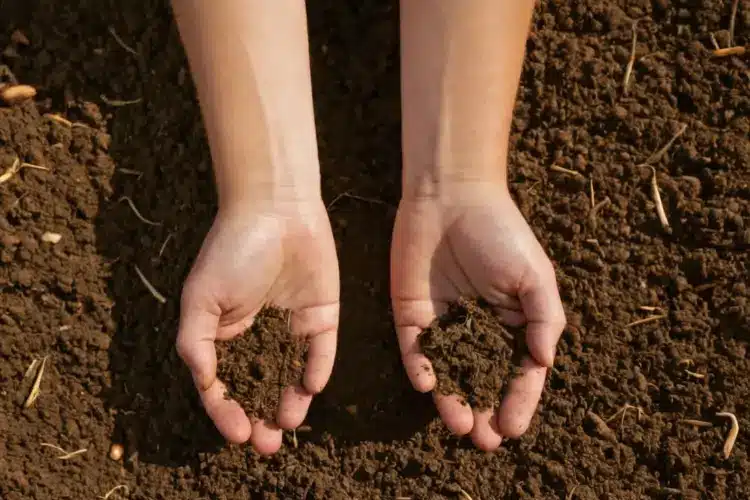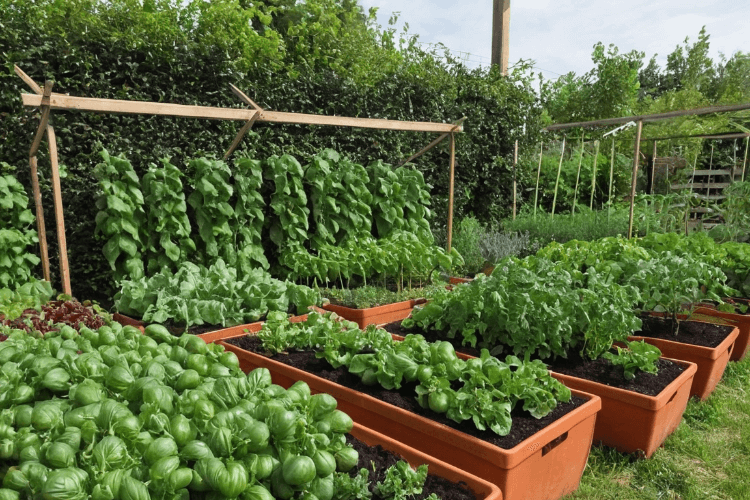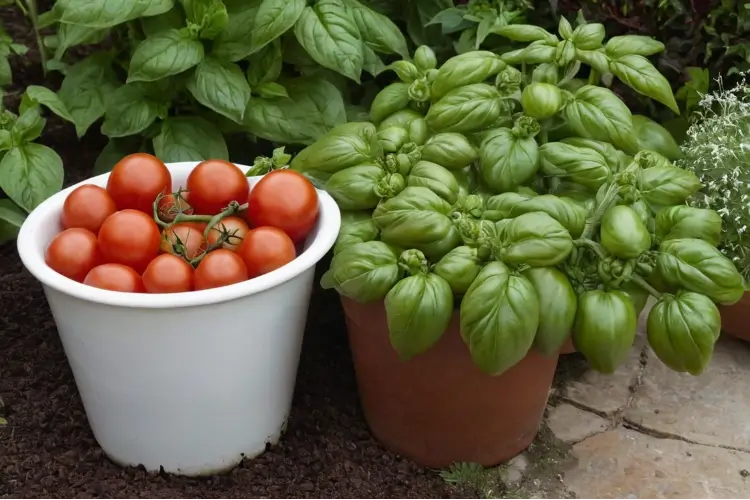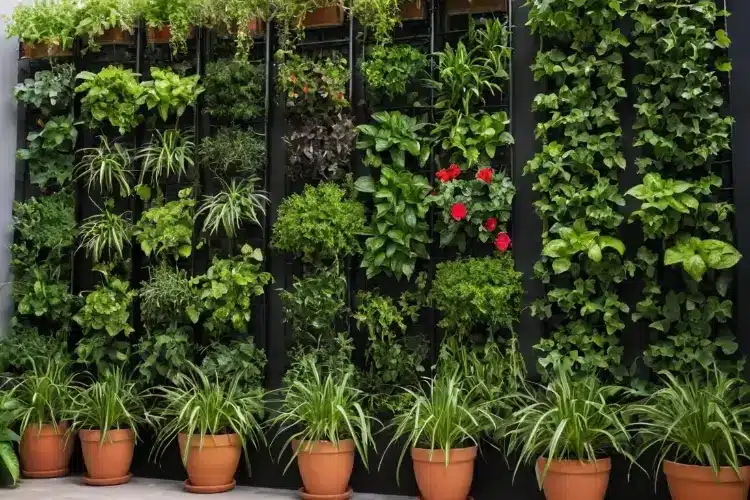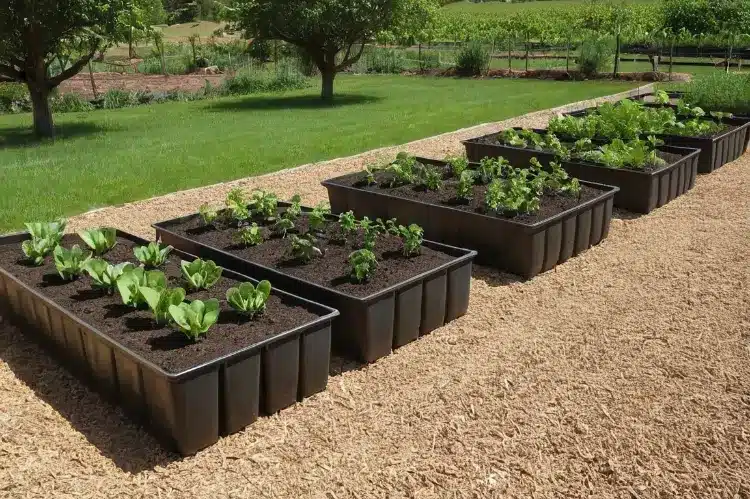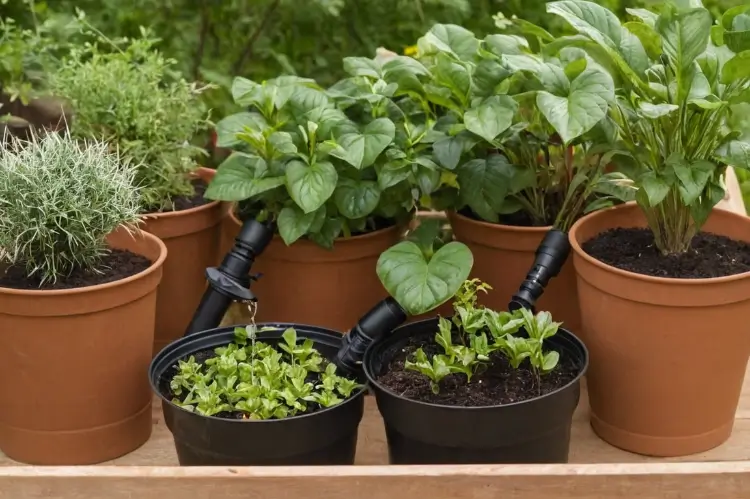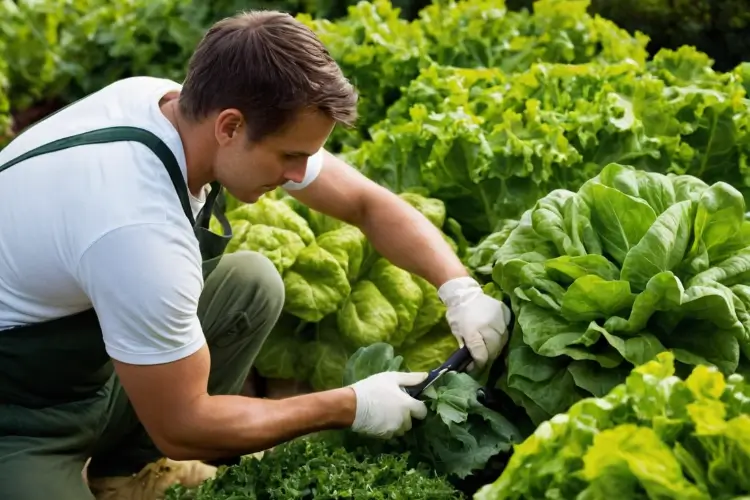
Gardening in small spaces can be challenging, but with strategic planning, you can truly maximize yield in small garden spaces and enjoy a thriving mini-garden. Whether you’re working with a balcony, raised beds, or just a few containers, adopting effective techniques can turn limited space into a productive haven. This guide will walk you through essential strategies to maximize yield and make the most of your small garden.
Assessing Space and Planning Layout to Maximize Yield
The first step to a productive garden in a small area is effective planning. By understanding your available space and optimizing the layout, you can fit more plants than you might think. Popular methods include:
- Square-foot gardening – Planting in small, manageable sections to maximize each square foot. For more details, check out the Gardener’s Guide to Square-Foot Gardening from The Spruce.
- Raised beds – Ideal for small spaces as they provide well-drained, nutrient-rich soil.
- Vertical layering – Growing plants vertically using trellises, stacks, or wall-mounted planters. Here’s a Beginner’s Guide to Vertical Gardening from Garden Design for inspiration on vertical planting techniques.
Creating a blueprint for your garden layout will help you arrange crops efficiently, ensuring each plant has enough space to thrive and maximize yield in small garden spaces. For guidance on managing seasonal changes in your garden, you may also explore winter gardening tips in the Vegetables to Grow in Winter: A Complete Guide, which highlights essential crops and planning considerations for colder months.
Improving Soil Quality for High Yield in Small Spaces
In small-space gardening, soil quality is paramount. With limited soil volume, each plant needs a nutrient-dense base to support growth. Composting and regular mulching can maintain a high-nutrient soil environment. If you’re gardening in raised beds or containers, consider using a soil mix enriched with compost and organic matter for the best results. Learn more about soil enhancement techniques in the Beginner’s Guide to Garden Soil from Gardener’s Supply.
Choosing High-Yield Crops for Small Spaces
When space is tight, it’s essential to focus on high-yield crops that provide maximum output within a compact footprint, helping you maximize yield in small garden spaces. Herbs, cherry tomatoes, bush beans, and leafy greens are great choices. Selecting companion plants that thrive together can also boost productivity.
Consider these high-yield options for limited spaces:
- Leafy Greens – Spinach, lettuce, and kale grow quickly and can be harvested multiple times.
- Cherry Tomatoes – Compact and prolific, cherry tomatoes are ideal for small gardens.
- Herbs – Basil, parsley, and mint grow well in small pots and can be used fresh in cooking.
Companion Planting for High-Yield in Small Gardens
Companion planting is another powerful strategy for maximizing yield in small gardens. Certain plant pairings can enhance growth, reduce pests, and optimize soil nutrients. For example:
- Tomatoes and basil – Basil enhances tomato growth and repels pests.
- Carrots and onions – Onions deter carrot pests, allowing both to flourish.
- Lettuce and radishes – Radishes loosen the soil for lettuce roots and grow quickly for frequent harvests.
For a more in-depth look, Companion Planting Basics from The Old Farmer’s Almanac is a helpful resource.
Vertical Gardening Techniques to Maximize Small Garden Yield
Vertical gardening is a game-changer for small spaces and can significantly help maximize yield in small garden spaces. By training plants to grow upward, you can save ground space for other crops. Suitable crops for vertical growth include cucumbers, pole beans, and peas. Setting up simple structures like trellises or stacked containers can provide support for climbing plants and free up room below for other plants.
- Trellises – For crops like cucumbers and beans.
- Wall planters – Ideal for herbs and small greens.
- Hanging baskets – Perfect for strawberries and trailing herbs.
Succession Planting for Continuous Yield in Small Gardens
Succession planting involves replanting crops in a staggered schedule to ensure continuous harvests. This method helps you get the most out of your limited space by growing more in one season. For instance, after harvesting a quick-growing crop like radishes, you can replace them with another quick crop or a late-season vegetable.
Efficient Watering and Irrigation Techniques in Small Gardens
Proper watering is essential to keep plants healthy without wasting water. Drip irrigation and self-watering containers can help manage water more effectively in small spaces. Here are some quick tips:
- Water early in the morning – This minimizes evaporation.
- Use mulch – Mulching helps retain soil moisture.
- Consider a drip system – Provides steady moisture without overwatering.
Organic Pest Control for High Yield in Small Garden Spaces
In a small garden, organic pest control is a sustainable way to protect your plants without relying on harmful chemicals. Regularly checking plants for pests and diseases is crucial for maintaining a healthy garden. Introducing beneficial insects like ladybugs or lacewings can naturally control pests. For a list of common beneficial insects, check out Insects That Help Your Garden from Gardener’s Supply.
Maximizing Sunlight Exposure in Compact Gardens
Plants in small spaces often compete for sunlight, especially if there are tall structures around. Positioning your garden to receive optimal sunlight is key. If your garden has partial shade, consider adding reflective surfaces to enhance light exposure, or choose shade-tolerant crops.
Harvesting Techniques to Maximize Yield in Small Spaces
Harvesting correctly can encourage plants to keep producing and help maximize yield in small garden spaces. For instance, herbs and leafy greens can be harvested repeatedly if trimmed properly. Here are some tips for efficient harvesting:
- Frequent harvests – Harvest leafy greens regularly to encourage new growth.
- Pinching herbs – Pinch back herbs like basil to promote bushier growth.
- Use sharp tools – Clean cuts minimize plant stress and help them recover quickly.
FAQs: Maximizing Garden Yield in Small Spaces
Here are some common questions about maximizing yield in small gardens:
- How can I increase vegetable yield in a tiny garden?
- Use vertical gardening and companion planting to optimize space.
- What are the best crops for high yield in small spaces?
- Cherry tomatoes, leafy greens, and herbs are ideal for compact spaces.
- How does companion planting work in limited spaces?
- Certain plant pairings, like tomatoes and basil, enhance growth and deter pests.
- Is vertical gardening feasible for vegetables?
- Yes, crops like cucumbers, peas, and beans grow well on trellises and walls.
- What are some organic pest control methods for container gardens?
- Beneficial insects and regular plant checks are effective for pest management.
Conclusion
To maximize yield in small garden spaces, use thoughtful planning, strategic crop selection, and efficient space use. By incorporating vertical gardening, companion planting, and succession planting into your routine, even the smallest spaces can yield impressive harvests. For seasonal insights and crop selection tailored to colder months, check out the Vegetables to Grow in Winter.

